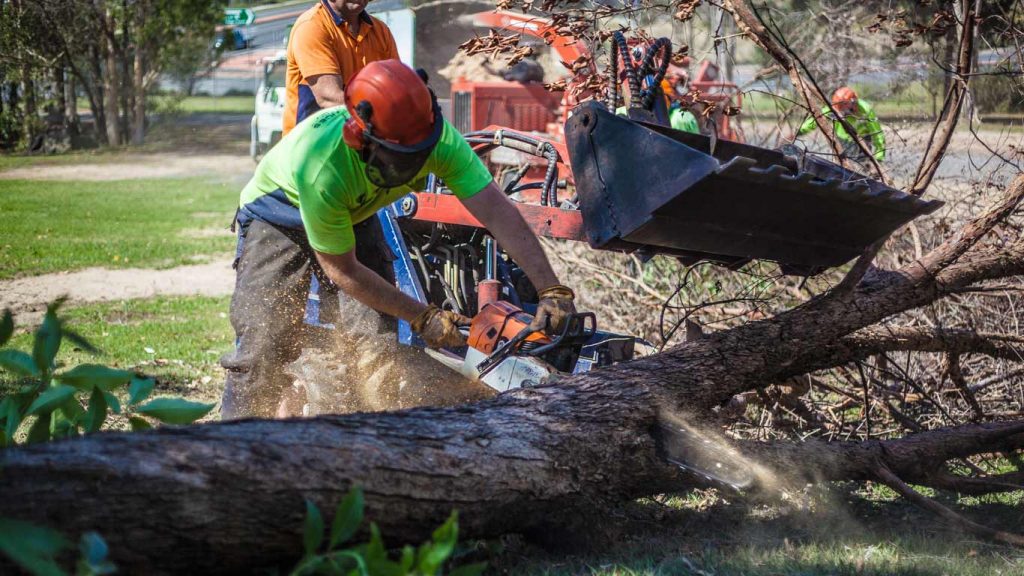Folklife, Communities, and Local Color
Baton Rougeans, like individuals anywhere, develop neighborhood via teams. Whether based upon social heritage or ethnicity, religion, job, communities, or fondness (such as horticulture or sporting activities), these groups create practices that are given informally in time as well as room; this is the meaning of folklife– traditions that are shared by a group and passed down. Every person and also every group has folklife. As well as everybody comes from several folk teams. Taken together, folklife, in turn, reflects a community’s sense of place, the neighborhood’s identification, and unique attributes.
Folklorists utilize the term “tradition holder” to define an individual that maintains a custom even if, in some way, they are influenced by electronic media or official training. So, when a sunroom trained vocalist sings typical hymns in the hospital for a fellow members participant or a modern fiber musician crochets prayer serapes for loved ones managing cancer cells, they are bearers of traditions.
Baton Rouge LA and Its People Groups
Baton Rouge has actually numerous teams based on conventional cultures or folk methods. Lots of are active and also linked however just seen by the public at special events. The region does not have non-profit organizations that frequently provide the customs of either one cultural group or lots of, making these cultural groups much less visible. This is intensified by Baton Rouge’s financially stratified– as opposed to culturally or ethnically– suburbs. The exemptions are African American areas in north as well as south Baton Rouge as well as the Vietnamese area along Florida Boulevard in the eastern reaches of East Baton Rouge Parish. Much more just recently, some Latino enclaves are establishing, such as one near Red Oaks Subdivision along Florida Blvd.
The largest cultural groups in the better Baton Rouge location are those come down from European Americans as well as African Americans,3 with some carefully identifying with specific ethnic backgrounds such as Italian and Irish. Even with its French name, Baton Rouge is not a French community; however, numerous Cajuns and Creoles live right here. The immigrant experience in Louisiana is largely a metropolitan one with Baton Rouge having the second biggest concentration of many immigrant teams in the state.4 The largest foreign-born teams come from Vietnam, India, and also China, yet considerable numbers also come from Mexico, Cuba, Germany, the UK, Palestine, as well as Nigeria.5.

Louisiana has historically had the largest native-born populace in the nation with 78.8% of its locals born in the state (Skelley 2013). Baton Rouge is regarded as having more transplants, but the native-born rate of its residents is in fact 76.9% (Controling 2016). Plainly, Baton Rouge folklife has much deeper roots than is typically recognized. No question this price would certainly have been less during the 1970s throughout the expansion of the petro-chemical industry which attracted a lot of brand-new workers from throughout the nation. Their kids as well as grandchildren are currently counted among the native birthed.
The East Baton Rouge Church populace has actually grown significantly given that The second world war. In 1940, the parish population was 88,415 as well as by 1980 it was 366,191, with one of the most remarkable development happening throughout the 1970s. In 2015, the population was 446,753 (United States Demographics 2015). 2 of the bordering 8 parishes experienced similar growth. In 1960, Rising as well as Livingston Parish both had populations of around 37,000. By 2014, these locations had actually expanded to 117,029 and 136,751 specifically. The populations of various other nearby churches have not skilled such growth; West Baton Rouge, West Feliciana, East Feliciana, Pointe Coupee, Iberville, and also St Helena have maintained populations of 10,000 to 30,000 (Louisiana State Census Data Facility 2016). With each other, these 9 churches develop the Baton Rouge Metropolitan Statistical Location with around 825,499 people in 2014.6.
This fast increase in population coincides with the development of suburbia, which has impacted the area’s cultural dynamics. East Baton Rouge Church consists of urban, rural, and rural areas along with 3 small towns: Baker Central, and Zachary. The eight surrounding rural/suburban churches are closely connected to the city producing an internet of relationships and networks throughout the area. Baton Rouge acts as an economic center for the region, and also its population density allows commonly specialized services to exist that would certainly otherwise be tough to sustain.
Reference: https://platinumtreeservicepros.com/
source https://platinumtreeservicepros.com/baton-rouge-a-cultural-microcosm-of-louisiana/
No comments:
Post a Comment